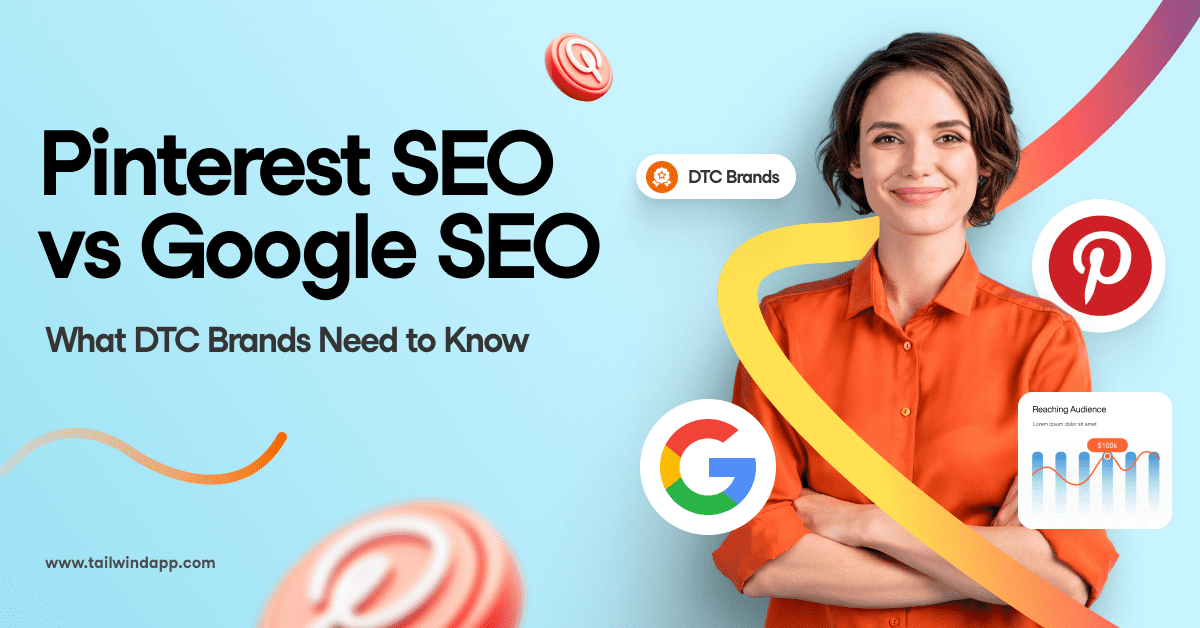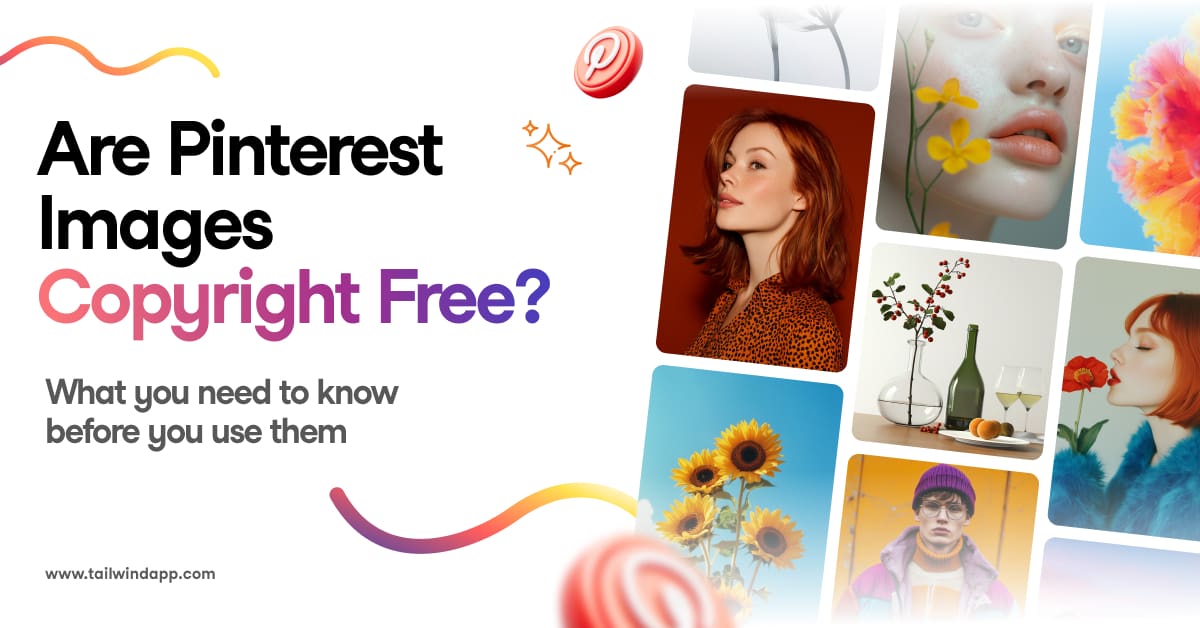Here at Tailwind we recognize the importance of color in social media marketing, especially on Pinterest. As such, an interesting trend recently caught our eye. Why is it that almost all of the top social media platforms (Facebook, Twitter, and Linkedin, to name a few) have blue logos and, for the most part, blue color schemes? And why does Pinterest break from the trend? In this blog we outline the possible reasons for this choice.
Facebook. Twitter. LinkedIn. The titans of the social media world. Although they differ in many respects, they share one commonly overlooked quality: a penchant for blue logos. This is no mere coincidence. According to various studies, blue is the most popular color in the world. But this can’t be the only reason blue is such a popular social media color, can it?
According to the study “Exciting Red and Competent Blue: the Importance of Color in Marketing,” there are actually quite a few reasons for the color’s popularity. The study goes into detail in regards to the ‘personalities’ we associate with various colors. Most of these associations are taught to us by society, rather than being inherent in the colors themselves. For a marketer, it is incredibly important that the color personality of your logo is in line with your own brand personality. Blue tested as the color of intelligence, communication, and trust. Essentially, if blue were a person, he would be a mediator of sorts. The level-headed best friend that you can trust with even the juiciest secrets, a paragon of justice that is able to diffuse even the most tense of situations.

If you want further proof on the nature of blue’s personality, just take a look at your smart phone. As you swipe through your apps, you’re bound to notice that quite a few of them use blue logos. Of the ones that use blue logos, many will most likely have something to do with communication. On my own device, I count seventeen apps with predominantly blue color schemes. The majority of these have something to do with communication.
Blue also works very well as a complementary color. This is why many of the aforementioned social media sites also have blue user interfaces. The same goes for popular programs like Skype and even the Microsoft Office Suite. Hyperlinks are universally blue, whether in Microsoft Word or Google. Different shades of blue work better for different companies. Mark Zuckerberg chose his shade of blue because he’s colorblind. Twitter most likely chose their blue as a natural choice for their avian logo. We chose a similarly toned blue to associate ourselves with the sky, full of endless possibilities.
But if blue reigns supreme in the realm of social media logos, why did Pinterest opt for a fiery red? I believe the choice has something to do with the inherent visual nature of the platform. In the study mentioned previously, red tested as the color of strength, fearlessness, and excitement. If blue is the logic-minded head of the debate team, red is the heroic quarterback of the football team. He inspires others to take action through his own charismatic outlook on life. Unlike blue, red is not a complementary color. It stands out, draws the eye. It is not the color of serene skies and rolling waves, but the shade of active volcanoes and awe-inspiring sunsets. This is what Pinterest is all about- stopping to look. Eye-catching content.





